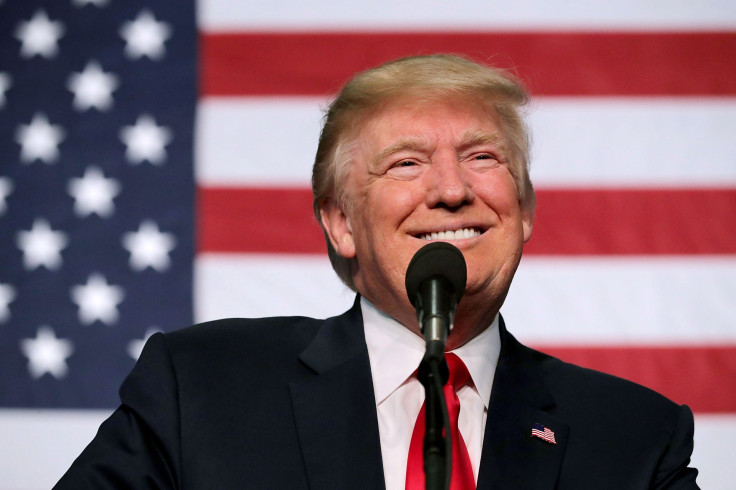Trump Approves Permanent Daylight Savings Time, Will Only Save 0.03% Energy

The prospect of permanent daylight saving time in the U.S brightened after President Trump extended support to the move by some lawmakers. But the pitch of energy savings tagged to it is looking doubtful.
Many Republican lawmakers, especially from sunshine state Florida had been pushing for declaring a law on permanent daylight saving, citing economic benefits and energy savings.
Republican Senators Marco Rubio, Rick Scott, and Vern Buchanan introduced the Sunshine Protection Act in early March demanding daylight saving be made permanent nationwide.
But recent studies show that the claims of humungous energy savings from time changes are exaggerated and at the most, 0.33 percent energy savings happen from nationwide enforcement.
At present Americans have to adjust their clocks once in the spring and other in the fall, as required under the Uniform Time Act.
The current clock adjustment was made on the second Sunday of March and that will stay until the first Sunday of November.
Rubio also issued a statement commenting on its merits, noting that" the time to stop changing our clocks twice a year is now.”
He thanked President Trump for offering his support.
Trump said on Monday that “making Daylight Saving Time permanent is O.K. with me!”
Rubio and others had been advocating year-round daylight saving time citing a slew of benefits. First of all, it will stop the need to change clocks, gives more time for children to play, cuts down power usage and offers an economic boost to the nation.
Michael Downing, author of Spring Forward: The Annual Madness of Daylight Saving Time notes the confusion emanating from clock changing an hour backward or forward and more controversy afterward.
The myth of energy saving
The justification for time switch has been that extended daylight into the evening would lead to less energy consumption by Americans.
But that myth was busted by a 2008 study by the Department of Energy that showed daylight saving time only saves only 0.03 percent of energy.
In fact, a study by the University of California-Santa Barbara said it actually increases energy consumption.
The problem of starting the day in darkness
However, a permanent law is resisted by skeptics who want the status quo to stay to avoid chaos.
He notes that many U.S cities have daylight hours starting after 8:30 a.m. So people have to get up in the dark and will have to go to work in the dark, send kids to school in the dark. That is a big negative effect, Prerau noted.
While Downing believes the U.S will eventually observe a full year of daylight saving time as more federal lawmakers are turning supportive to the move.
But Prerau points to the experience of the Nixon administration in forcing permanent daylight saving time during the 1974 energy crisis era and the lukewarm response from the American people.
For him, the current system of moving clocks is the best practice.
© Copyright IBTimes 2024. All rights reserved.





















